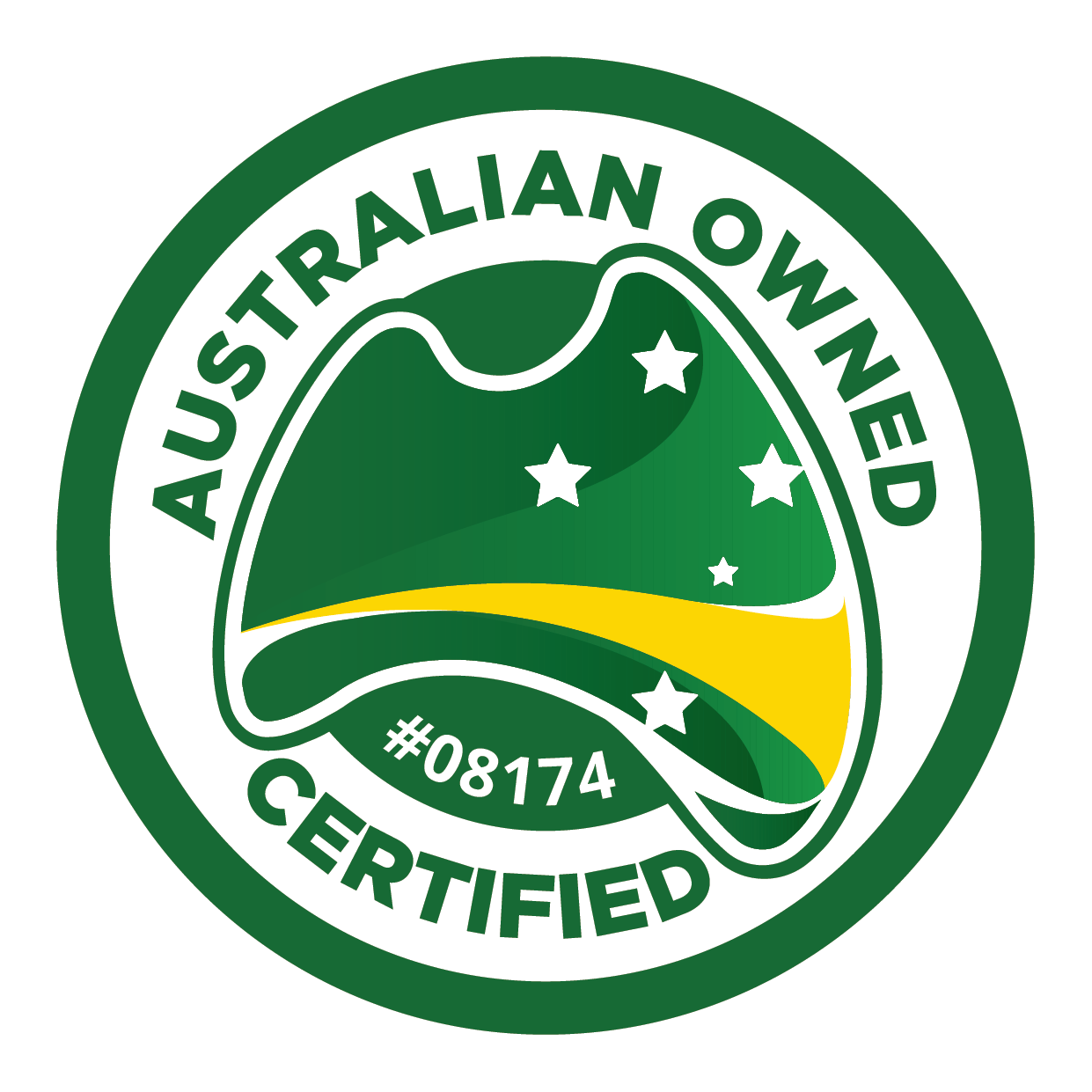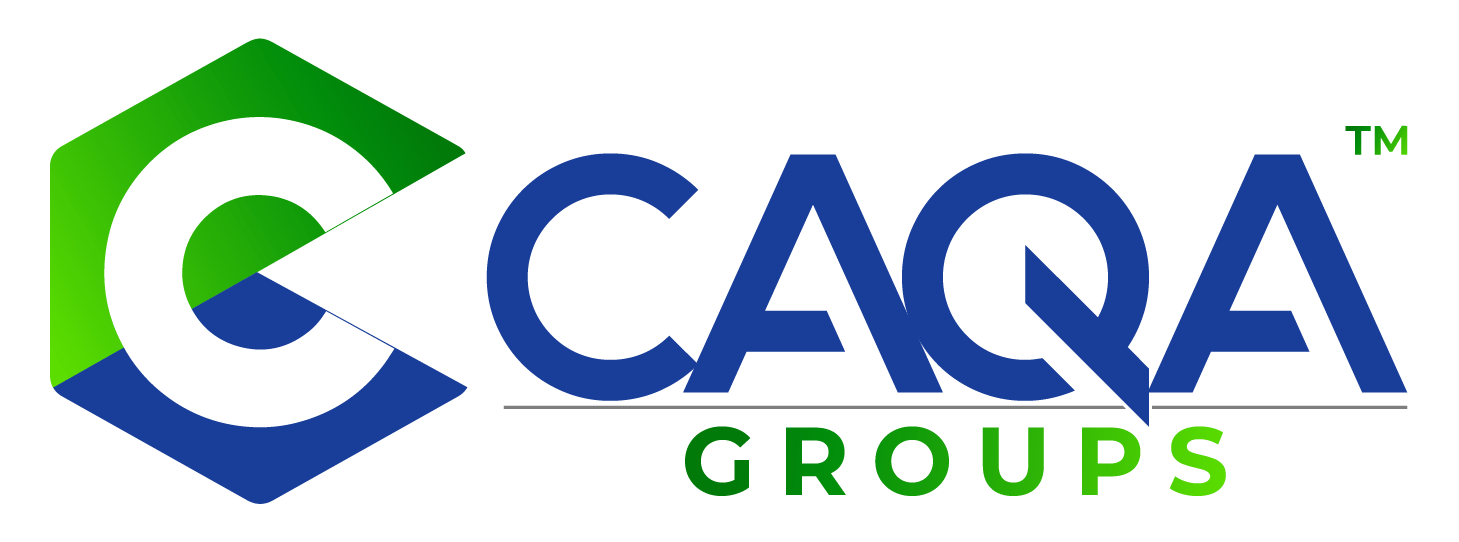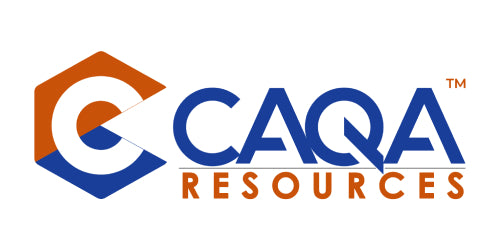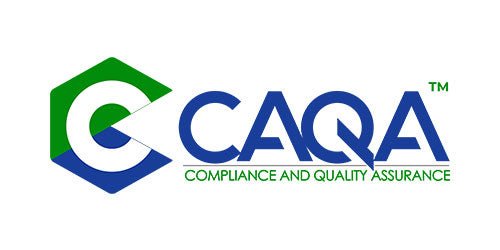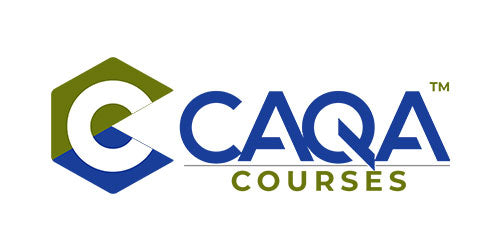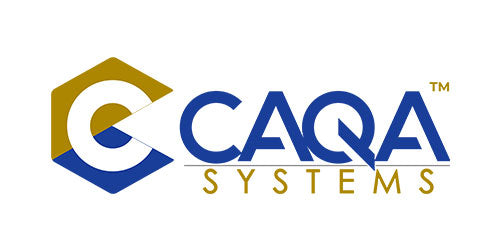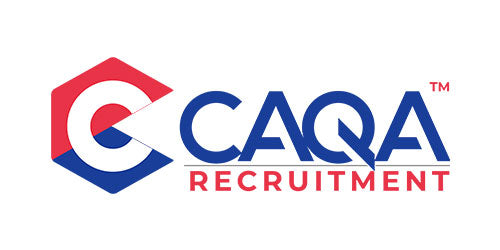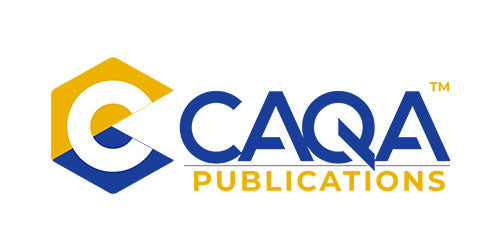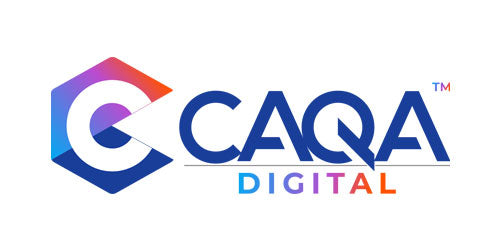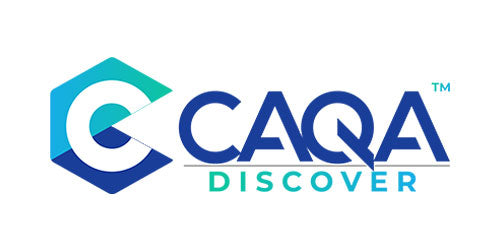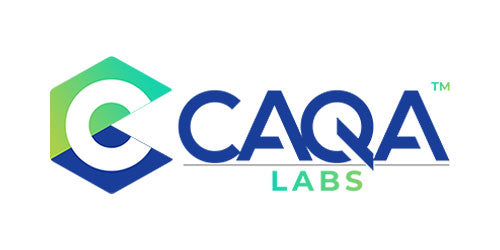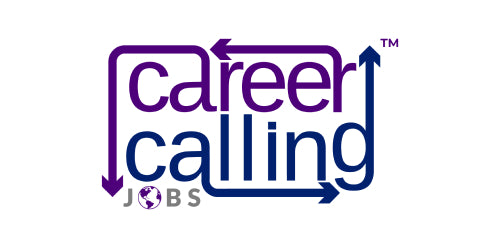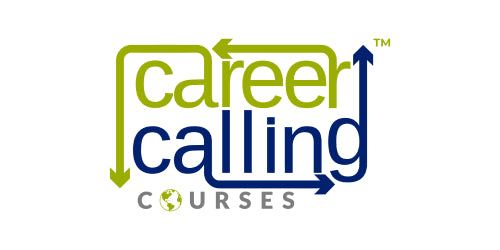The ever-evolving landscape of the Vocational Education and Training (VET) sector, especially with the recent updates to BSB, ICT, and HLTAID qualifications, has left many training providers pondering the correct approach when an elective within a qualification has been superseded. This confusion often revolves around whether to continue using the old unit listed as the elective or to transition to the updated unit. Given the significance of this issue, we sought clarification from the Australian Skills Quality Authority (ASQA) to shed light on this matter.
ASQA's Guidance on Superseded Electives
According to ASQA's response, the packaging rules of a training package qualification outline the requirements for achieving that qualification, including the stipulated number of core and elective units. Even if an elective unit has been superseded, RTOs must adhere to the packaging rules as specified in the qualification or accredited course they are delivering. This adherence is mandated by Clause 1.27 of the Standards for RTOs 2015.
For example, in the CHC33015 – Certificate III in Individual Support, HLTAID003 – Provide First Aid is a named elective unit. Despite HLTAID003 being superseded by HLTAID011, RTOs are required to continue delivering HLTAID003 as long as it remains named in the packaging rules of the qualification. However, if a student opts to undertake the unit as a standalone course, RTOs are then obligated to enroll the student in the current unit (e.g., HLTAID011), provided it is within their scope of registration.
Implications for Training Providers and Students
This directive from ASQA implies that RTOs might find themselves in a position where they are delivering both the superseded unit (HLTAID003) to students enrolled in a specific qualification and the current unit (HLTAID011) to students seeking the most up-to-date certification. This situation, while seemingly confusing and potentially cumbersome for training providers, underscores the importance of adhering to regulatory guidelines to maintain compliance.
Addressing the Confusion
While the directive ensures regulatory compliance, it raises questions about the impact on student outcomes and the practicality of delivering superseded content alongside current units. To navigate this complexity, RTOs can take several steps:
- Clear Communication: Ensure that both staff and students are fully aware of the reasons behind the delivery of superseded units within qualifications. Transparency can help mitigate confusion and set clear expectations.
- Monitoring Updates: Stay vigilant for any updates to qualifications and packaging rules. Regularly check with the relevant Skills Service Organisations (SSOs) and ASQA for the latest information.
- Leveraging Flexibility: Where possible, utilise the flexibility within the packaging rules to offer electives that best meet the current industry standards and student needs without compromising on compliance.
- Student Support: Offer additional support to students enrolled in superseded units, ensuring they understand the relevance and applicability of their learning to current industry practices.
- Feedback Mechanism: Engage with industry stakeholders and regulatory bodies to provide feedback on the challenges and implications of delivering superseded units. Constructive feedback can inform future updates to training packages and regulatory guidelines.
ASQA response:
Dear XXX,
Thank you for your email.
The packaging rules for a training package qualification set out the overall requirements to achieve that qualification. The rules define the number of units required to achieve the qualification; this includes the core and named electives. In the case of CHC33015 – Certificate III in Individual Support – HLTAID003 – Provide first aid is a named elective unit. Sometimes, a qualification or accredited course will specify a core or named elective unit or module that has been superseded, removed or deleted from a training package. In these cases, RTOs must continue to include the component/s as named in the qualification or course being delivered – as mandated by Clause 1.27 of the Standards for RTOs 2015. Despite the fact that a named elective unit has been superseded, training providers are required to continue delivering HLTAID003 as named by the packaging rules until such time as the qualification is updated. However, should a student wish to undertake the unit as a standalone, then you must enrol them into the current unit (e.g. HLTAID011), provided it is on your scope of registration.
I trust this information assists, and please do not hesitate to contact ASQA should you have any further enquiries.
Conclusion
While the requirement to deliver superseded units as part of a qualification may seem counterintuitive, it is a compliance necessity within the VET sector's regulatory framework. By approaching this challenge with strategic planning, clear communication, and a focus on quality education, RTOs can continue to deliver valuable and relevant training experiences. Ultimately, the goal is to ensure that students are well-equipped with the skills and knowledge needed for their professional growth, even in the face of regulatory complexities.
FAQs: Navigating the VET Landscape: Understanding Superseded Electives in Qualifications
1.What happens when an elective unit within a VET qualification is superseded?
When an elective unit is superseded, Registered Training Organisations (RTOs) must continue to deliver the unit as specified in the qualification's packaging rules, even if a newer version of the unit is available. This adherence is mandated by Clause 1.27 of the Standards for RTOs 2015, ensuring RTOs comply with the regulatory framework.
2.Can RTOs choose to deliver the updated unit instead of the superseded one?
RTOs are required to deliver the superseded unit if it is named in the qualification's packaging rules. However, if a student wishes to undertake the unit as a standalone course, RTOs may enrol the student in the current unit, provided it is within their scope of registration.
3.How does this affect students who want the most current version of a unit?
Students enrolled in a specific qualification must complete the superseded unit if it is part of the qualification's packaging rules. If students seek the most up-to-date certification for an elective unit, they may have the option to enrol in the current unit as a standalone course, subject to the RTO's scope of registration.
4.What should RTOs do to manage the delivery of superseded and current units?
RTOs should:
Clearly communicate with staff and students about the reasons for delivering superseded units within qualifications.
Monitor updates to qualifications and packaging rules regularly.
Utilise the flexibility within packaging rules to offer electives that meet industry standards and student needs, where possible.
Provide additional support to students enrolled in superseded units to ensure they understand the relevance of their learning.
5.Why is it necessary to continue delivering superseded units?
Continuing to deliver superseded units ensures compliance with the VET sector's regulatory framework and maintains the integrity of qualifications. It allows RTOs to fulfil the requirements set out in the packaging rules of each qualification until such rules are updated to reflect new units.
6.How can RTOs stay updated on changes to qualifications and packaging rules?
RTOs should regularly consult with the Australian Skills Quality Authority (ASQA), and relevant Skills Service Organisations (SSOs), and monitor updates from the training package developers to stay informed about changes to qualifications and packaging rules.
7.What is ASQA's stance on delivering superseded units?
ASQA mandates that RTOs must include and deliver the components as named in the qualification or accredited course's packaging rules, including superseded units until the qualification is updated. This ensures that training providers remain compliant with the Standards for RTOs 2015.
8.Are there any exceptions to delivering superseded units within qualifications?
The primary exception involves standalone course enrollments, where students can opt to undertake the current version of a unit if they wish to obtain the most up-to-date certification and if the RTO has the current unit within its scope of registration.
9.How can RTOs address potential confusion among students regarding superseded units?
RTOs should engage in clear communication strategies, explaining the regulatory requirements and the importance of completing the superseded units as part of their qualifications. Providing context and support can help mitigate confusion and set clear expectations.
10.What long-term solutions are being considered to address the challenges posed by superseded units?
Engaging in dialogue with regulatory bodies, industry stakeholders, and training package developers is crucial for addressing the challenges of superseded units. Feedback mechanisms and collaboration can inform future updates to training packages and regulatory guidelines, aiming for a more adaptable and responsive VET sector.









